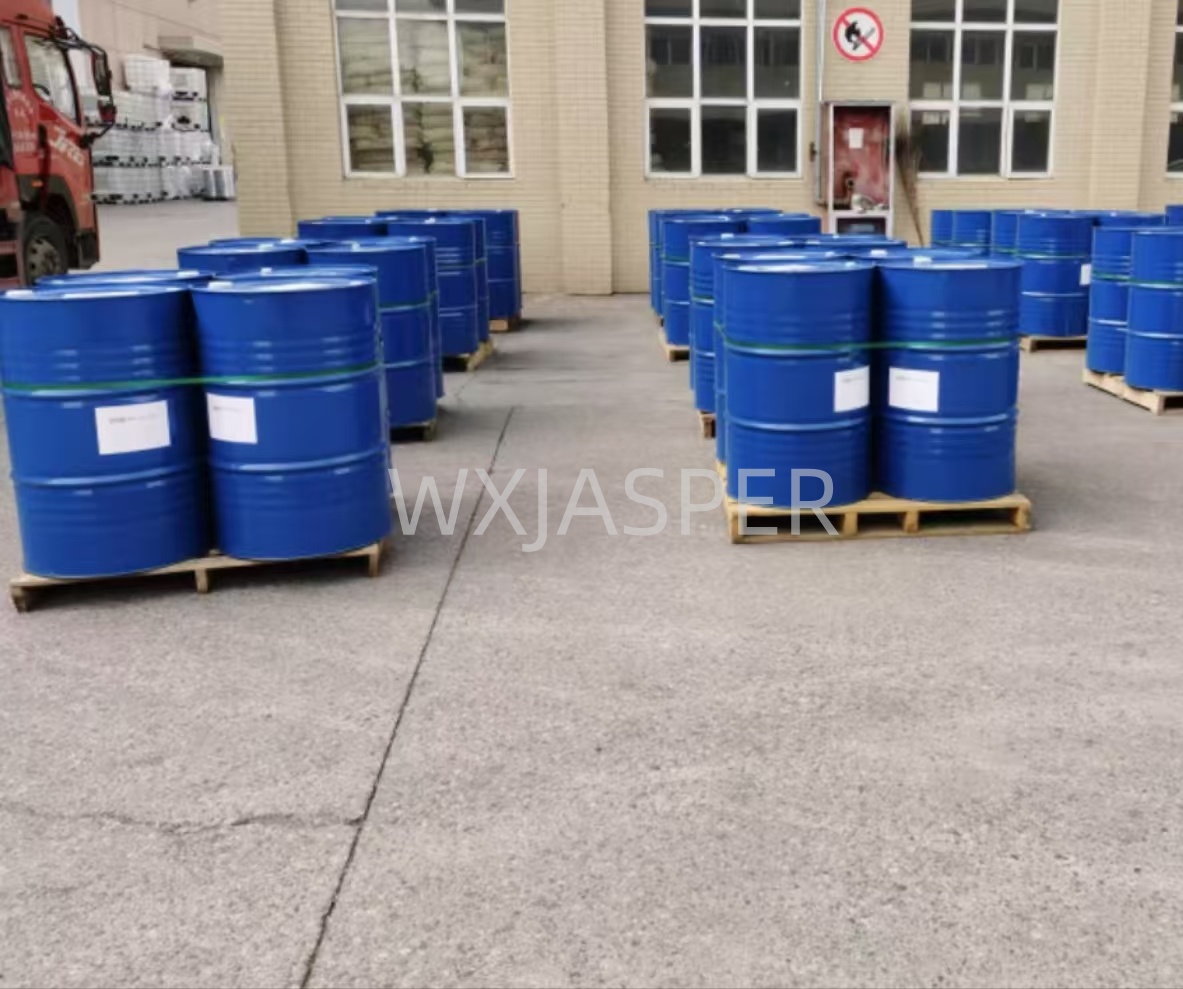Your Location:Home > Products > Solvents > Foamaster 111 (Mo211)



CasNo: 8042-47-5
Appearance: liquid
Delivery Time: 15 days
Packing: 180kg/drum
Purity: 99%
I. Basic Information
II. Core Features
Special Adaptability to High-Filler SystemsDesigned for water-based coatings, inks and adhesive systems with high content of calcium carbonate, kaolin, titanium dioxide and other fillers. It can overcome the problem of defoamer failure caused by filler surface adsorption, and still maintain a stable defoaming effect in systems with filler content ≥ 30%, avoiding rough coating or blurred printing dots caused by residual foam.
Dual Mechanism of Efficient Foam Breaking and Anti-Filler Interference
Low Dosage and Optimized DispersionThe conventional dosage is only 0.1%–0.6% of the system mass to achieve the ideal defoaming effect. After addition, no additional high-speed dispersion is required, and it can be uniformly dispersed at a stirring speed of 200–500 rpm, avoiding coating shrinkage defects caused by uneven dispersion. At the same time, it does not affect the system viscosity and leveling property, and is suitable for water-based inks and high-solid coatings sensitive to construction performance.
Full-Scenario Process CompatibilityIt is friendly to roller coating, spraying, curtain coating of water-based coatings, gravure/flexographic printing of inks, and troweling process of adhesives. It will not cause defects such as oil spots and color difference on coatings or printed matter due to defoamer aggregation, and is especially suitable for exterior wall coatings and packaging printing inks with high filler content.
III. Application Fields
| Application Scenarios | Specific Role Description |
|---|---|
| High-Filler Water-Based Coatings | Suitable for exterior wall texture coatings (filler content ≥ 40%), fireproof coatings, anti-corrosion coatings, etc. It solves foam problems during grinding and construction to ensure that the coating film is smooth and has uniform hiding power. |
| Water-Based Printing Inks | Suitable for gravure water-based inks for packaging printing, paper coating inks, etc. It eliminates foam during ink preparation and printing to ensure clear pattern dots and accurate color reproduction. |
| Latex Adhesives | Used in latex systems containing fillers such as woodworking glue and packaging glue. It inhibits air bubbles mixed in during stirring, avoids cavities in the bonding layer that lead to reduced strength, and improves bonding reliability. |
| Other High-Filler Systems | Suitable for water-based putty, mortar coatings, PVC paste resin, etc. It controls foam generated due to filler dispersion during production and improves product appearance and construction performance. |
IV. Usage Recommendations
V. Storage and Safety